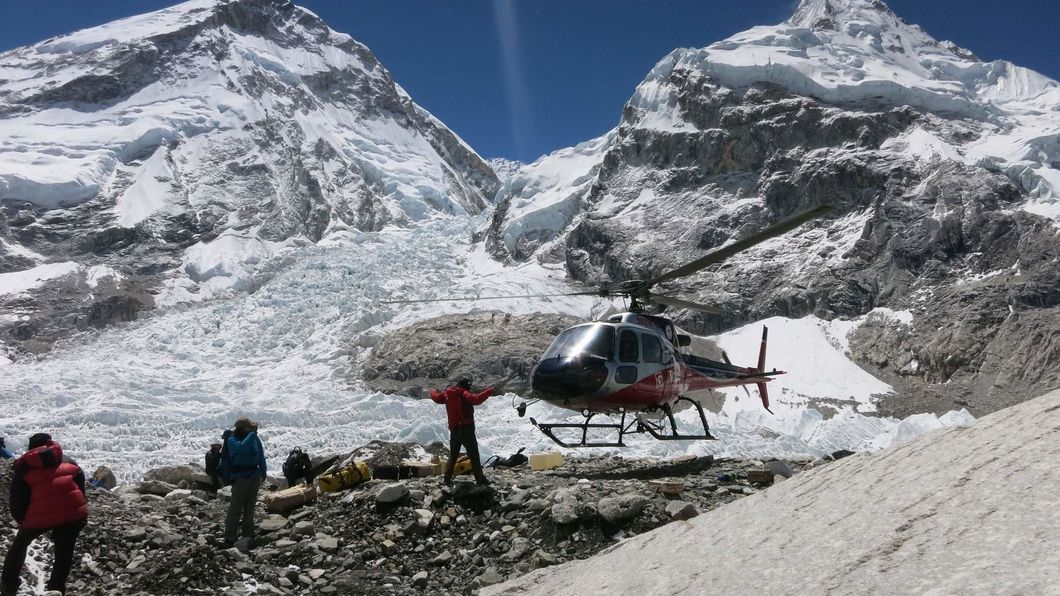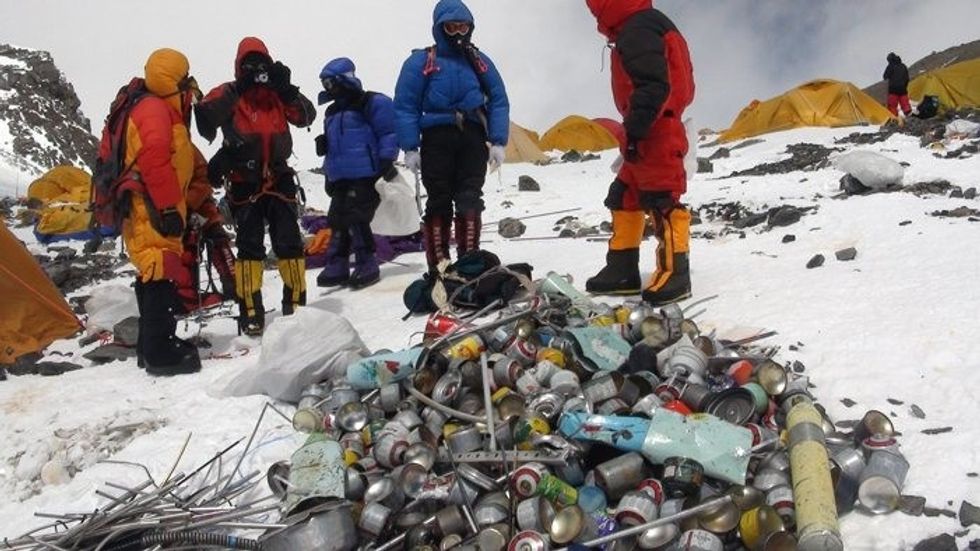The world's tallest mountain is Mount Everest, situated in the Himalayan mountain range between Nepal and China. The mountain serves Nepal as a huge tourist attraction and tourism revenue is their only proper source of revenue in the area.
Mount Everest attracts many climbers, some of them highly experienced mountaineers. There are two main climbing routes, one approaching the summit from the southeast in Nepal (known as the "standard route") and the other from the north in Tibet. While people who attempt to climb to the peak have to pay a heavy cost, 25,000 to 65,000 on average per climber, a lot of climbers end up paying their life for this experience.
Climbers can suffer from ailments such as altitude sickness, frostbite as well as effects from the weather and wind. Climbers seeking to reach the summit spend a fair amount of time in the "death zone", which is any part of the mountain above 26,000 ft. The time spent in this location is spent literally dying until the climber goes back toward the base of the mountain. While most of the Mt. Everest deaths occur in this zone, most occur during the descent of the mountain.
There are currently more than 200 bodies dotting the mountain of the deceased climbers who failed to survive their expedition. Many went into the climb knowing there was a chance they would never return and think of dying on the mountain in the same way a captain sinks with his ship. It is also very dangerous for Sherpas (mountain guides) to try to retrieve the dead bodies to return them to their families because they need to find the person who most likely is located in the death zone and excavate the body from the frozen state it's in. It also takes multiple people to bring one body down from the mountain.
The bodies have to be basically pushed down the mountain until camp 2 at about 21,000 feet high so helicopters can safely obtain the deceased. There is also an issue of picking up the litter left by the climbers that include old equipment, trash and human waste.
There are new climbing rules that will not allow any singular climbers in hopes that more experienced groups will attempt the expedition together. A lot needs to be done to preserve the beauty of the mountain while keeping Nepal's economy in mind. Some suggestions have been to ban climbing altogether because of the danger and death occurrences. I agree with the suggestion to require climbers to sign a document stating they do not want their body removed from the mountain so strangers don't spend hours and money risking their lives for this person who willingly took this risk. Another aspect of that is to provide a will when purchasing a climbing permit.


















